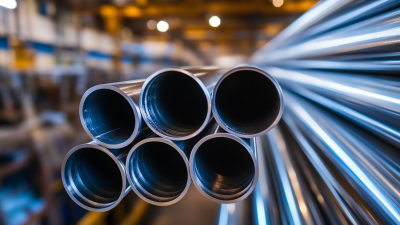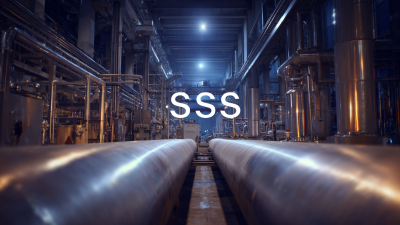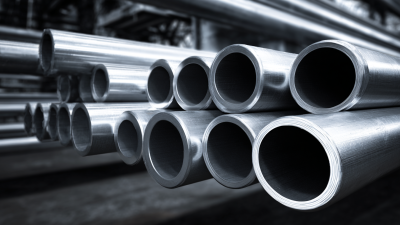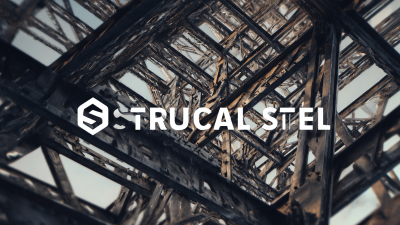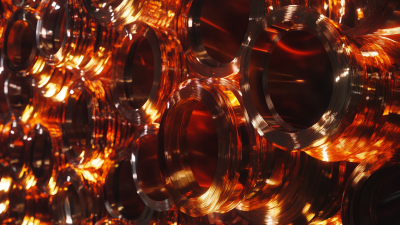When embarking on a project that requires the use of a Stainless Steel Pipe, making the right choice is crucial to ensure optimal performance, safety, and compliance with industry standards. The wide variety of stainless steel pipes available can create confusion, especially when considering factors such as material grade, pipe size, and intended application. Understanding the properties of different stainless steel grades, like 304 and 316, and how they align with specific project requirements is essential for achieving longevity and reliability in construction and manufacturing. Moreover, industry standards play a significant role in selecting the appropriate pipe, as they help guide decisions based on factors like corrosion resistance, pressure ratings, and temperature tolerances. This guide aims to simplify the selection process by providing insight into the necessary considerations and best practices to follow, ensuring that your project not only meets regulatory compliance but also functions efficiently and effectively.
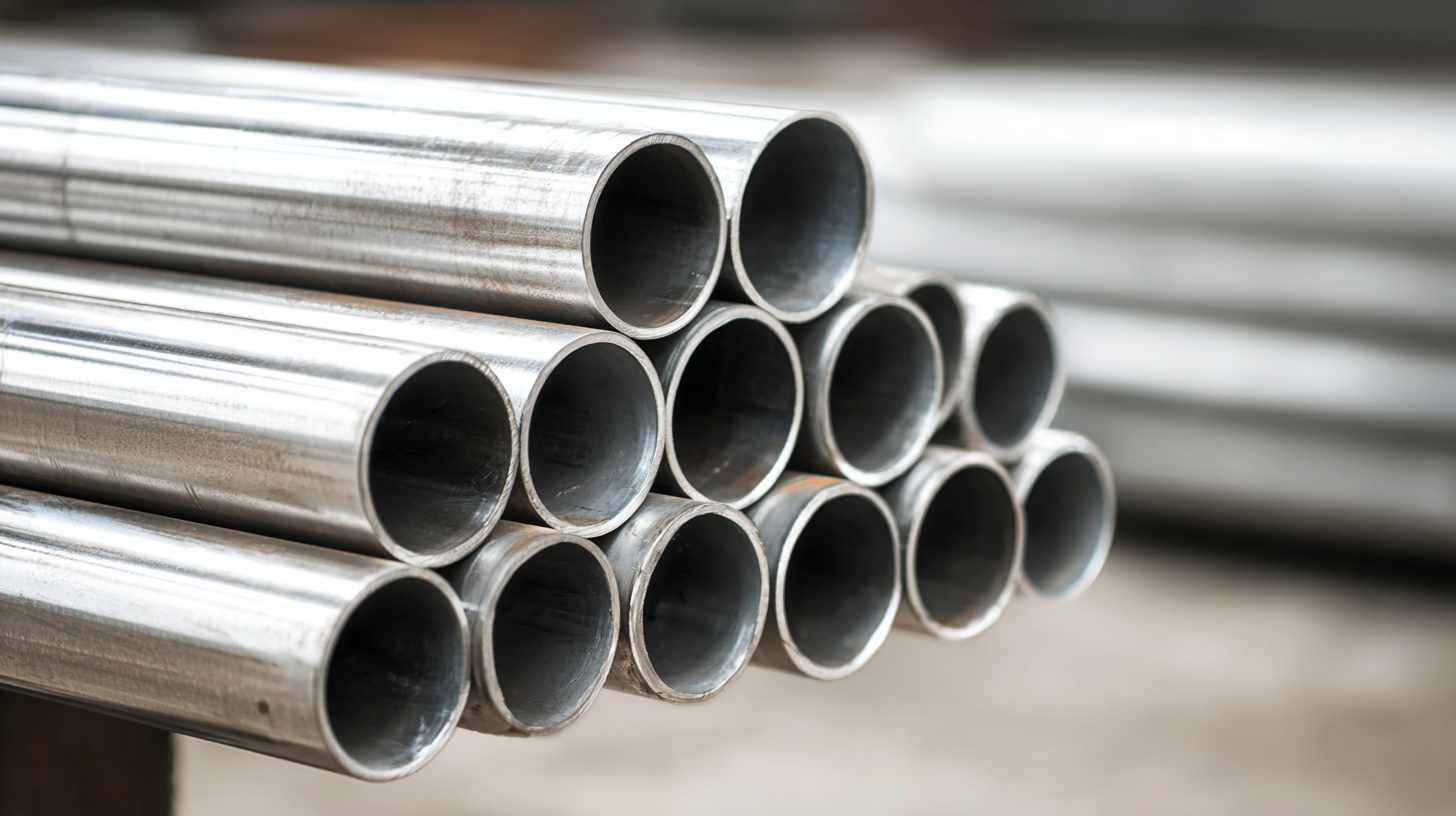
When selecting stainless steel pipes for your project, it's crucial to understand the different types and their specific applications. The seamless pipes segment is expected to reach a remarkable market size of $5.15 billion by 2030, driven by industries that require high-performance materials. Type 316L stainless steel is particularly notable for its high-temperature applications, demonstrating excellent performance under conditions involving coolant temperatures of up to 700°C. This makes it suitable for sectors such as oil and gas, where reliability and durability are paramount.
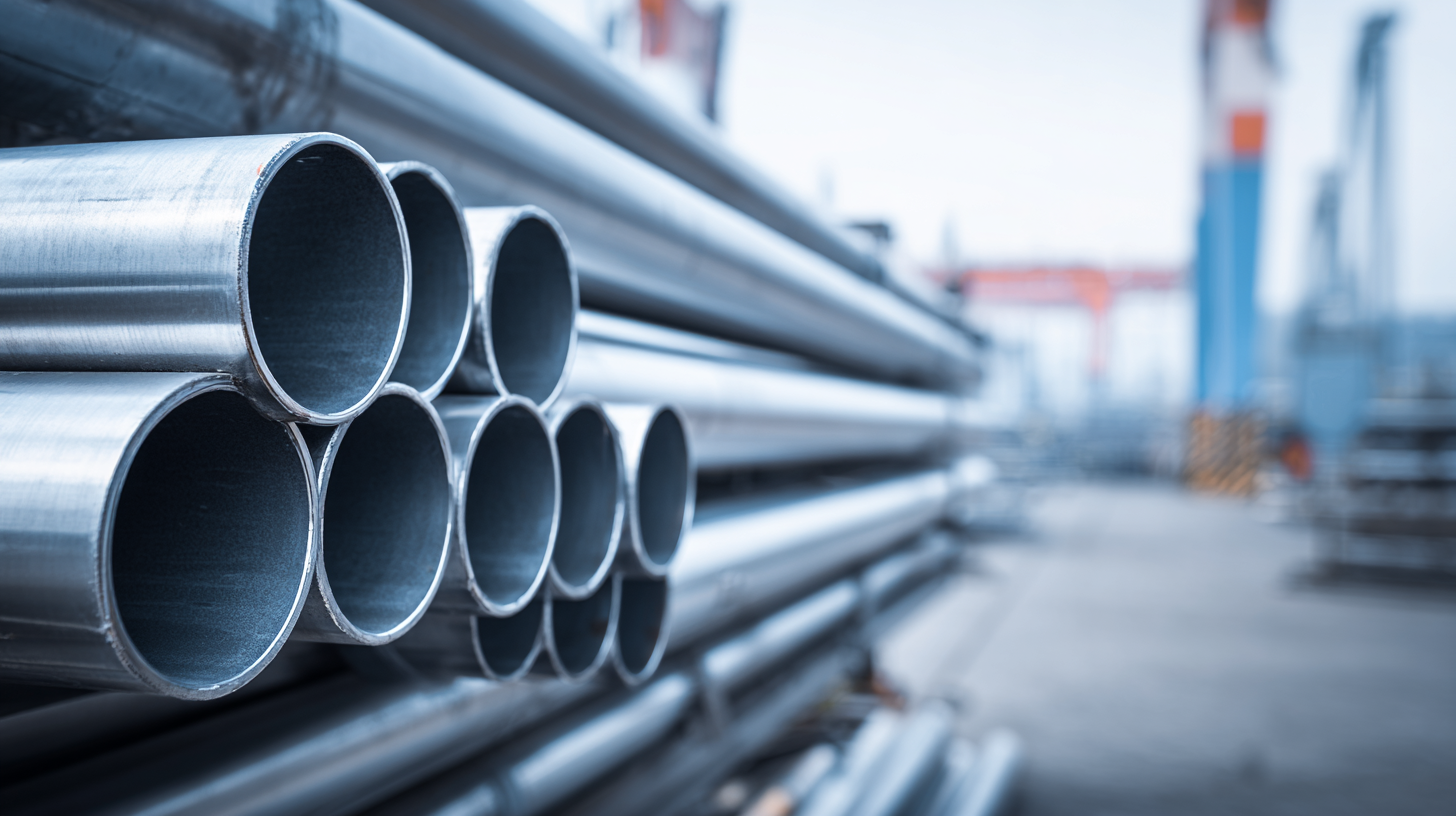
Tips: When choosing a stainless steel pipe, consider the environment it will operate in. For high-pressure hydrogen service, Type 316/316L stainless steels are recognized for their resistance to hydrogen embrittlement. Furthermore, it's important to evaluate the corrosion characteristics, as seen in recent research on stainless steel pipes used for reclaimed water treatment. Understanding the specific needs of your industry will guide you in selecting the best material.
Additionally, the welded pipe market is projected to grow steadily, with expectations to reach $56.77 billion by 2034. Opting for the right type of welded or seamless pipe not only ensures performance but also longevity, making a significant difference in your project's success. Always analyze industry reports and material specifications before making a decision.
When selecting stainless steel pipes for your project, understanding key industry standards is crucial to ensure compliance and performance. The
Stainless Steel Seamless Pipes Market is projected to reach USD 5.15 billion by 2030, indicating significant growth driven by rising applications across various sectors. When choosing pipes, it's essential to consider standards such as
ASTM A312, which outlines the specifications for seamless and welded austenitic stainless steel pipes. This ensures that the materials meet stringent quality and safety requirements essential for critical applications within the water, pharmaceutical, and biotechnology industries.
Moreover, the economic impact of pipe material selection can greatly affect project costs.
Justin Reeves, P.E., and Bob Card, P.E., emphasize the importance of evaluating the long-term economic viability of chosen materials in the water sector. As industries are projected to grow, the global steel tubes market, valued at USD 99.26 billion in 2025, is anticipated to expand at a CAGR of 2.1%, reaching USD 122.19 billion by 2035. With industry standards guiding the selection process, choosing the right stainless steel pipes becomes not just a matter of compliance, but also an investment in reliability and durability for future projects.
When selecting the right stainless steel pipe for industrial applications, assessing the importance of pipe diameter and thickness is crucial. Larger diameters often facilitate higher flow rates, which can be essential in industries such as water distribution and fluid transport. Recent investigations into the wall thickness of large-diameter pipes, particularly those used in Ghana's fluid transportation, highlight how compromised wall integrity due to corrosion and deposits can drastically affect performance. Ensuring adequate thickness not only enhances the longevity of the pipes but also mitigates risks associated with leakage and system failures.
The thickness of the pipe walls is equally important for maintaining structural integrity, especially in corrosive environments. Studies employing ultrasound technology to assess internal pipe corrosion reveal that even minor degradation can lead to significant operational challenges. This emphasizes that proper diameter and thickness selections must be aligned with environmental assessments to optimize energy efficiency and sustainability in projects. As the industry continues to evolve, understanding these elements will drive more informed decisions in pipe selection, ultimately benefiting both operational success and environmental impact.
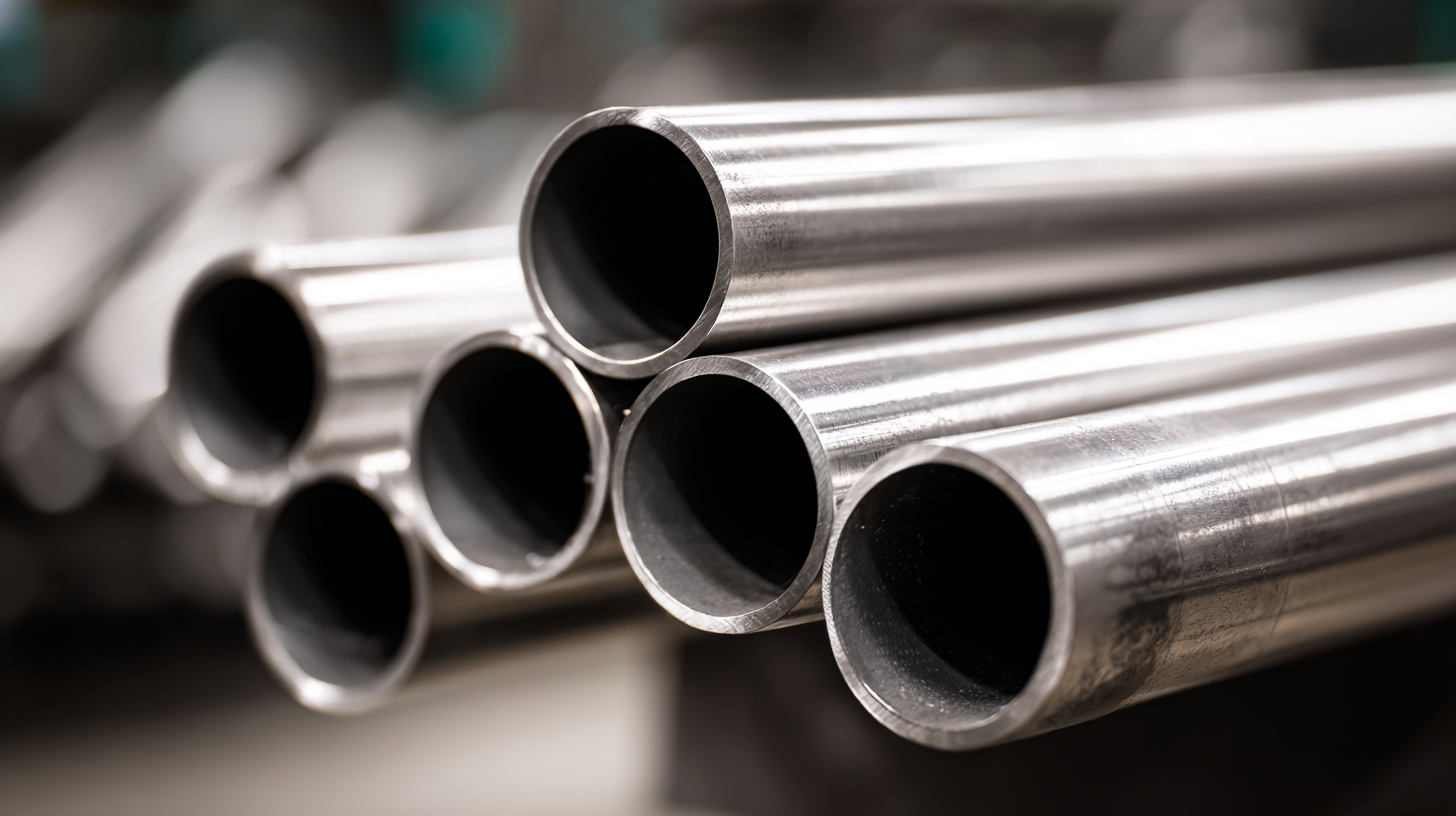 When selecting stainless steel pipes for industrial projects, evaluating corrosion resistance and durability is paramount. According to the International Stainless Steel Forum (ISSF), approximately 90% of stainless steel production is used in applications where durability and resistance to corrosion are critical. Selecting the appropriate grade of stainless steel can significantly impact the longevity of the pipe. For instance, austenitic stainless steels like 316 and 304 are renowned for their excellent resistance to a wide range of corrosive environments, making them suitable for chemical processing and marine applications.
When selecting stainless steel pipes for industrial projects, evaluating corrosion resistance and durability is paramount. According to the International Stainless Steel Forum (ISSF), approximately 90% of stainless steel production is used in applications where durability and resistance to corrosion are critical. Selecting the appropriate grade of stainless steel can significantly impact the longevity of the pipe. For instance, austenitic stainless steels like 316 and 304 are renowned for their excellent resistance to a wide range of corrosive environments, making them suitable for chemical processing and marine applications.
Additionally, the ASTM Standards provide crucial guidelines for assessing the corrosion resistance of stainless steel pipes. Research shows that the pitting corrosion resistance equivalent (PREN) for 316 stainless steel is typically around 26, significantly higher than that of 304, which has a PREN of about 20. This enhanced resistance makes 316 a preferred choice in highly corrosive environments, such as those found in wastewater treatment plants and offshore platforms. Understanding these standards and performance metrics is essential for making informed decisions that ensure both safety and longevity in project implementations.
When selecting the right stainless steel pipe for your project, understanding the cost factors and budget considerations is crucial. Recent industry reports indicate that the stainless steel market is currently experiencing a perfect storm of deadlock, attributed to slowing demand, pressure on mills, and weakening raw material costs. This climate can significantly influence the prices of stainless steel pipes, making it essential for project managers to stay informed about market trends and adjust their budgets accordingly. Cost variances can range from 10% to 20% based on these shifting market dynamics, adding complexity to project financial planning.
Additionally, when constructing facilities like GMP-compliant biomanufacturing plants, choosing the right pipe material can impact both initial costs and long-term operational efficiency. According to industry analysis, the total construction and start-up costs for bioprocessing facilities can vary widely, influenced by material choices as well as compliance requirements. For example, opting for higher-grade stainless steel may incur a higher upfront cost but could lead to significant savings over time through improved durability and reduced maintenance. As such, a thorough understanding of both immediate budget implications and long-term economic impacts is vital for making informed decisions regarding pipe materials in any construction project.
| Pipe Type | Standard | Cost per Foot | Common Applications | Corrosion Resistance |
|---|---|---|---|---|
| 304 Stainless Steel | ASTM A312 | $3.50 | Food and Beverage, Chemical Processing | Good |
| 316 Stainless Steel | ASTM A312 | $4.00 | Marine Applications, Pharmaceutical | Excellent |
| Schedule 40 Pipe | ASTM A53 | $2.50 | Water Supply, HVAC | Fair |
| Schedule 80 Pipe | ASTM A53 | $3.00 | High-Pressure Applications | Moderate |
| Duplex Stainless Steel | ASTM A789 | $5.00 | Oil and Gas Industry | Very Good |
